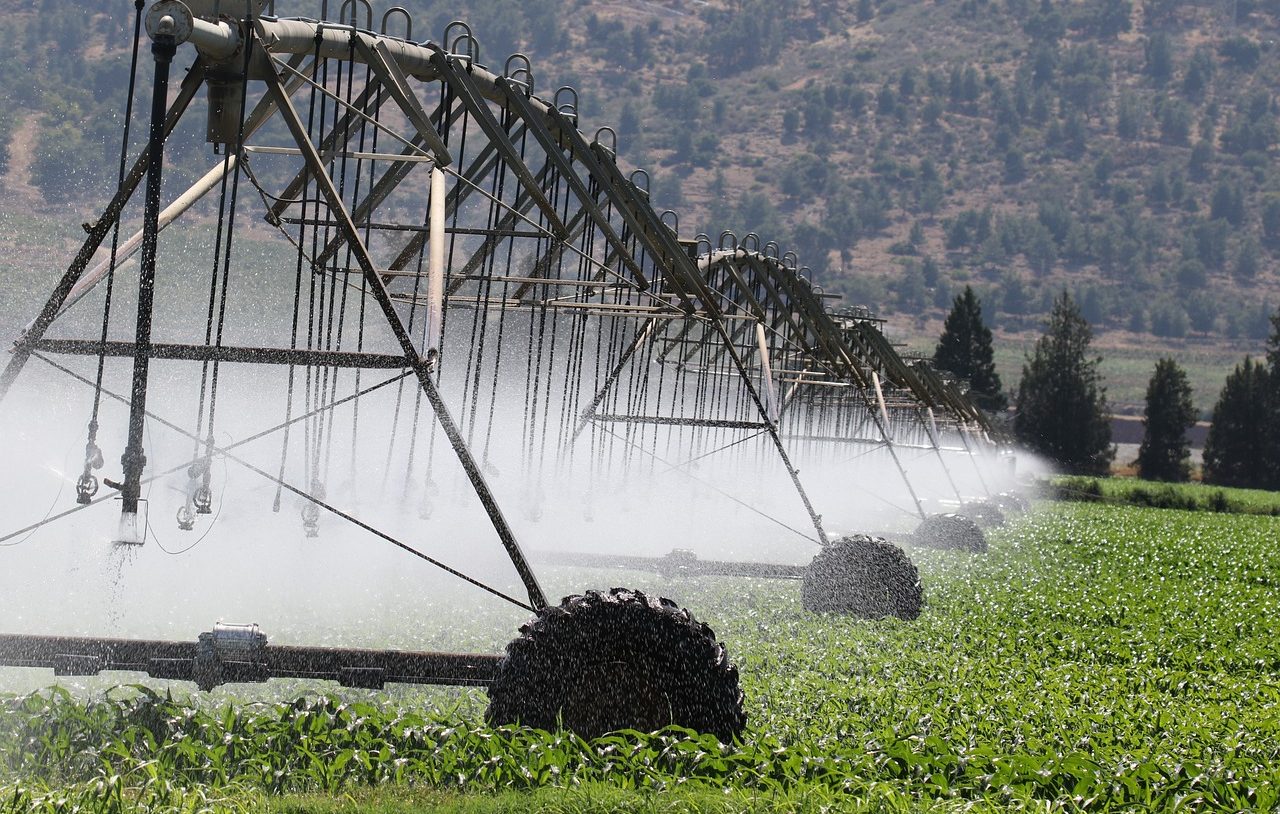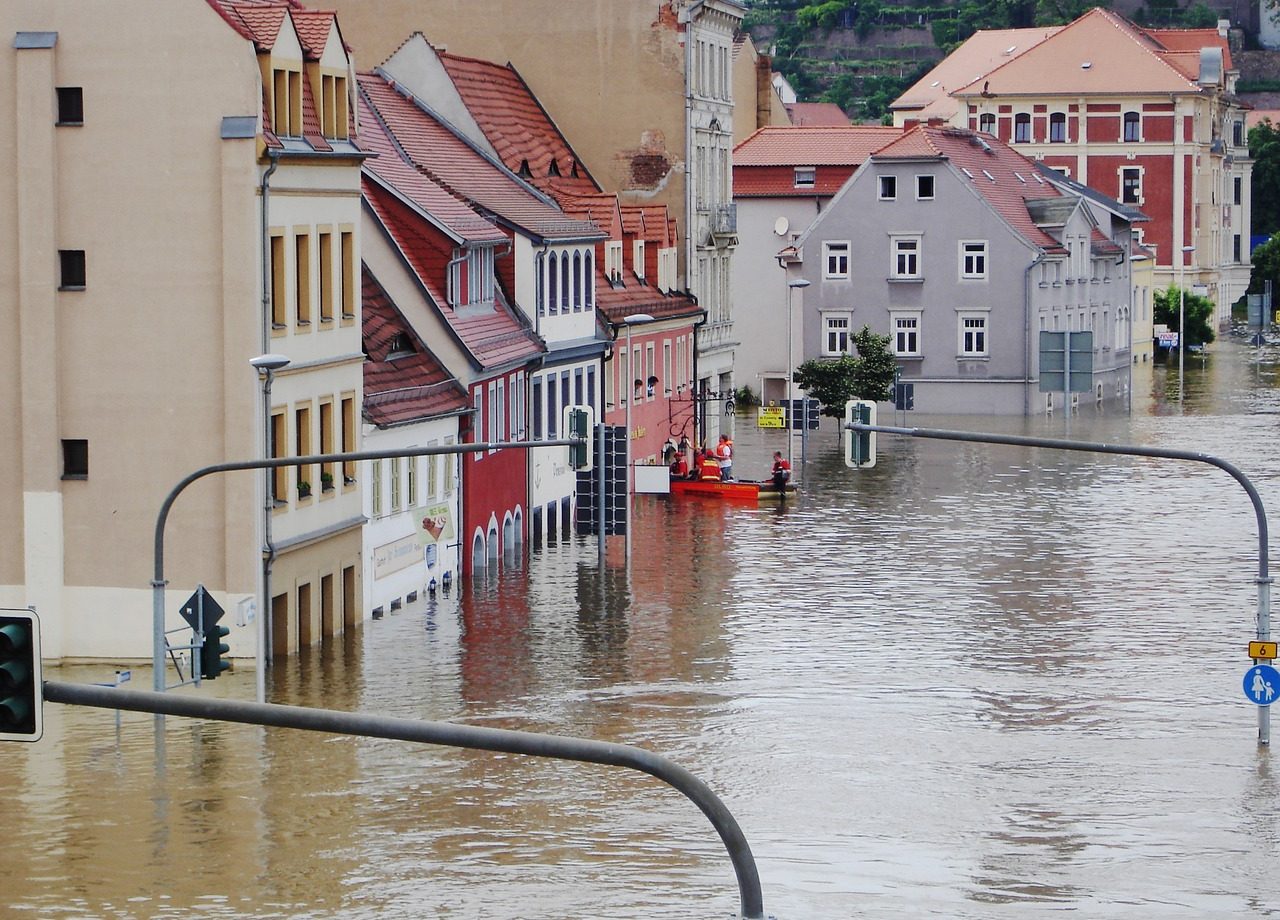
Water management seeks water efficiency.
Water management is the set of actions, strategies and processes that allow the planning, distribution and optimal use of water resources to be carried out. The purpose is to promote the satisfaction of needs without violating sustainable development.
Water resources include both surface water and groundwater . Its correct management requires the intervention of experts in hydrology, ecology, geography, engineering, hydraulics and law, among other areas of knowledge.
Before moving forward, it is important to note that water is a chemical compound whose molecules are formed with one oxygen atom and two hydrogen atoms . It is the main component of living beings and the most abundant on the surface of planet Earth . The idea of management , meanwhile, refers to the organization, administration or handling of something.
Importance of water management
Water is an essential element for life . That is why it is essential to manage it correctly: guaranteeing the availability and good quality of water is necessary for subsistence.
It must be considered that the demand for water resources is very broad and varied. In fact, everyone on the planet needs access to clean water . Water is also required for hygiene and basic sanitation. Industry and agriculture, on the other hand, use large amounts of water to operate.
As it is a scarce resource, water management is essential for equitable distribution . This allocation should not only take into account current needs, but also future ones.

Education is needed for water management at the household level.
The hydrological cycle
Water management must take into account the hydrological cycle . This is what the circulation of water through the hydrosphere is called.
On Earth , water is found mostly in a liquid state, either underground or on the surface in streams, lagoons, lakes, rivers, seas and oceans. There is also accumulation of solid water in glaciers, ice caps and sea ice. The lowest percentage, meanwhile, corresponds to water in the gaseous state found in the atmosphere.
The hydrological cycle, in this framework, consists of changes in physical state and transfers of water from one place to another. The sun evaporates the surface water, precipitation falls from the clouds, the rain ends up infiltrating the earth and thus different phenomena occur without changing the amount of water in circulation on our planet.
Water management, thus, also specifically requires management of the water cycle. Human decisions have an influence on the development of this cycle, so action must be taken without jeopardizing the availability of water for its different purposes. For example: industrial activities encourage global warming , glaciers melt and ocean levels rise. The management of the water cycle, therefore, requires taking this reality into account.

Water management may include the implementation of flood early warning systems.
Water management and the 2030 Agenda for Sustainable Development
In 2015 , the General Assembly of the United Nations ( UN ) adopted an action plan known as the 2030 Agenda for Sustainable Development . It establishes 17 objectives with 169 goals.
The sixth of its sustainable development goals is to ensure that all human beings have access to safe sanitation and drinking water . This challenge requires water management that is different from what has been carried out, considering that 4.2 billion people do not have a sanitation system and another 2.2 billion cannot access drinking water.
UNESCO statistics show that water consumption increases at a rate of 1% annually, with growth that multiplied by six in the last century. It should be noted that, although 70% of the planet's surface is covered by water, only 3.5% is fresh water (which can be used) and only 0.025% is water suitable for consumption.
Climate change , which increases the intensity of meteorological phenomena, with extreme rainfall, floods and droughts becoming more frequent, is one of the great obstacles to achieving the aforementioned objective. One of the consequences of global warming is that the temperature of water increases and the dissolved oxygen it contains decreases, which affects the self-purification of freshwater basins. Consequently, water pollution increases.
Water scarcity , on the other hand, harms the irrigation systems used in agriculture. That is why food production is under threat.
The authorities maintain that, to improve water management and get closer to meeting the sustainable development objective of the 2030 Agenda , a water policy is needed that contemplates the relationship between climate change and water and that aims at the care and preservation of the resource.
Planning and solutions
Water management requires detailed planning and the implementation of various measures to improve the distribution and conservation of water resources.
Promoting water savings is key in the face of scarcity, as is applying technology for wastewater treatment . Work must also be done to monitor water quality to care for the health of the population.
Analyzing the environmental impact of water projects (such as the construction of dams and reservoirs) and promoting the restoration of aquatic ecosystems are other measures needed to optimize water management. Of course, all these actions require the existence of environmental legislation related to water that is respected.
